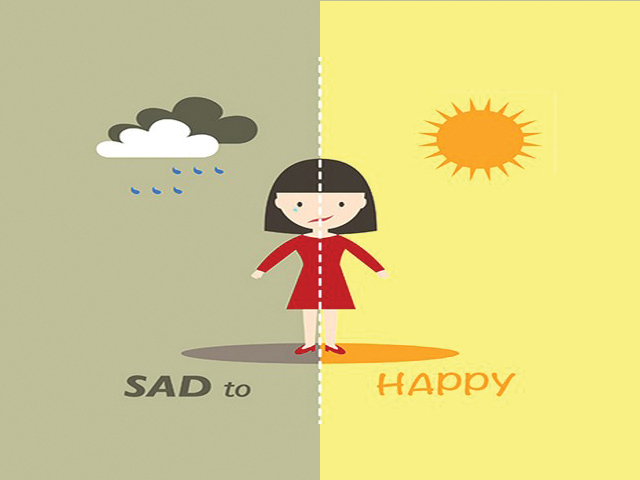
[dropcap]As[/dropcap] we wind back the clocks for daylight savings, a veil of darkness looms over the frigid winter months. For some, the short cold days are a countdown to Christmas; for others, they’re a reason to break out the beloved, albeit questionably appropriate, Aran jumper.
However, the November darkness manifests itself in some people’s minds, resulting in symptoms of Seasonal Affective Disorder – also known as S.A.D. Clearly, winter isn’t always ‘the most wonderful time of the year’ for all.
S.A.D is a condition recognised internationally as a type of depression which is proven to be caused by a lack of sunlight and subsequently affects serotonin levels in the brain. Therefore, most people with the disorder suffer predominantly during the winter months.
Its symptoms include fatigue, heaviness in the arms and legs, overeating and a loss of libido – leading to decreased sexual activity. A weakened immune system has also been noted in cases.
It was first recognised in the 1980s, although the correlation between a low mood and colder months has been registered by physicians since the mid 1940s. There is even a debate that the literary tool of pathetic fallacy originated from people feeling happier during brighter weather than they do in darker weather.
Its prevalence in modern society could be due to a number of factors. People’s general mental health is a topical issue of late especially when we face various societal problems like economic uncertainty and the rent crisis. If someone’s mental health is already vulnerable, they are more susceptible to S.A.D or even reverse S.A.D, if you happen to be like Lana Del Rey and experience ‘summertime sadness’.
According to Mental Health Ireland, 1 in 15 people suffer from September to April in Ireland. With the conversation on the disorder only in its infancy, people are confused on how to treat it.
Many will resort to methods like the Danish concept of ‘Hygge’ (translating to ‘cosiness’), which mainly involves staying indoors, drinking hot drinks and wearing comfortable clothes.
“I take a lot of baths and I have a lot of different bath-bombs designed for different moods so that makes me feel better during the winter,” said Alannah Kearney, a Law and Society student in DCU.
When asked, prominent Irish doctor Ciara Kelly said she’s “not aware of the specific studies in students” in relation to S.A.D. However, in an Independent article she warns to “resist the urge to hibernate” and eat healthier and do more exercise if you feel like you have S.A.D.
“I suffer slightly from S.A.D. I like Christmas, but it is darker and gloomier around this time. I play Rugby though which only happens during the winter so that keeps me going,” said Dan Horan, a Sports Science and Health Student in DCU.
Disputes over whether S.A.D is a real condition still exist. There is a common myth that suicide rate is higher during the winter which has been largely debunked by experts. It may not be as extreme a condition as some might suggest, but if you do suffer from the winter blues, there are treatments. Light therapy by use of light boxes, exercise and healthy eating have been found to work.
Cáit Caden


